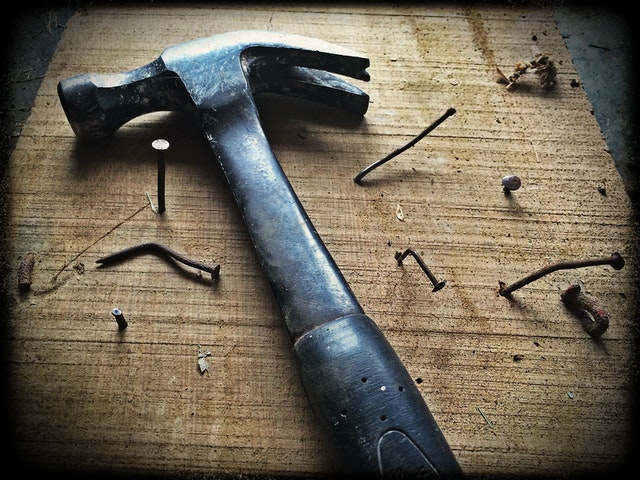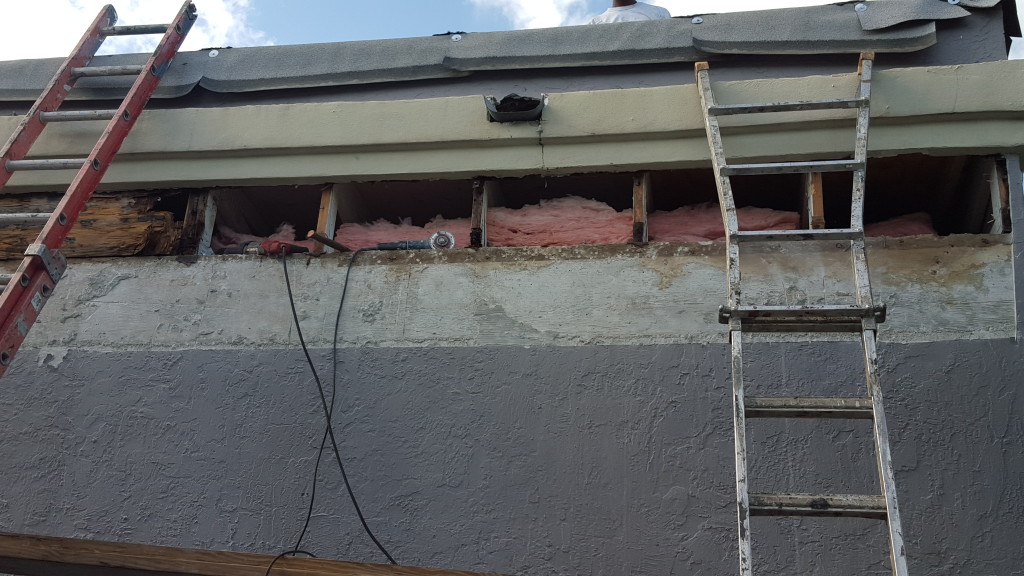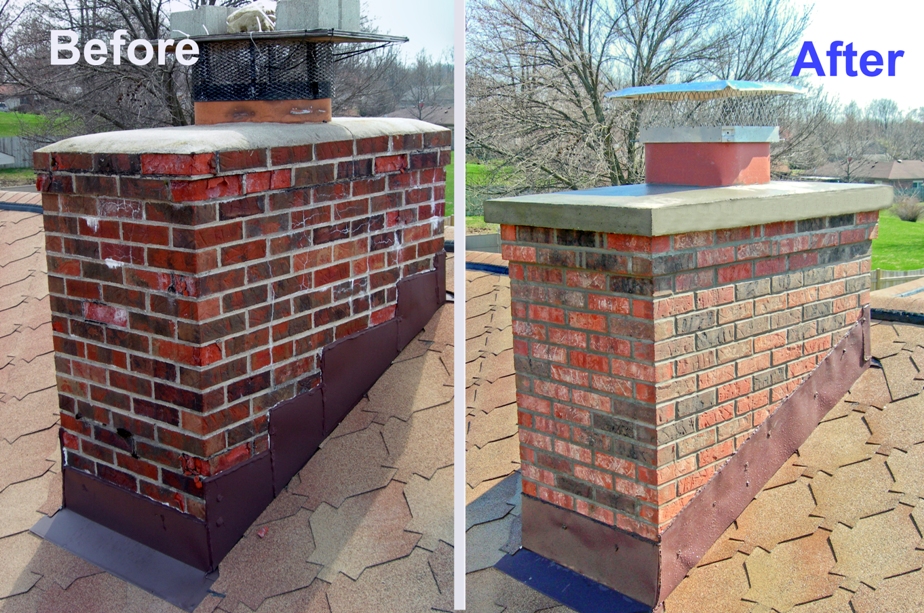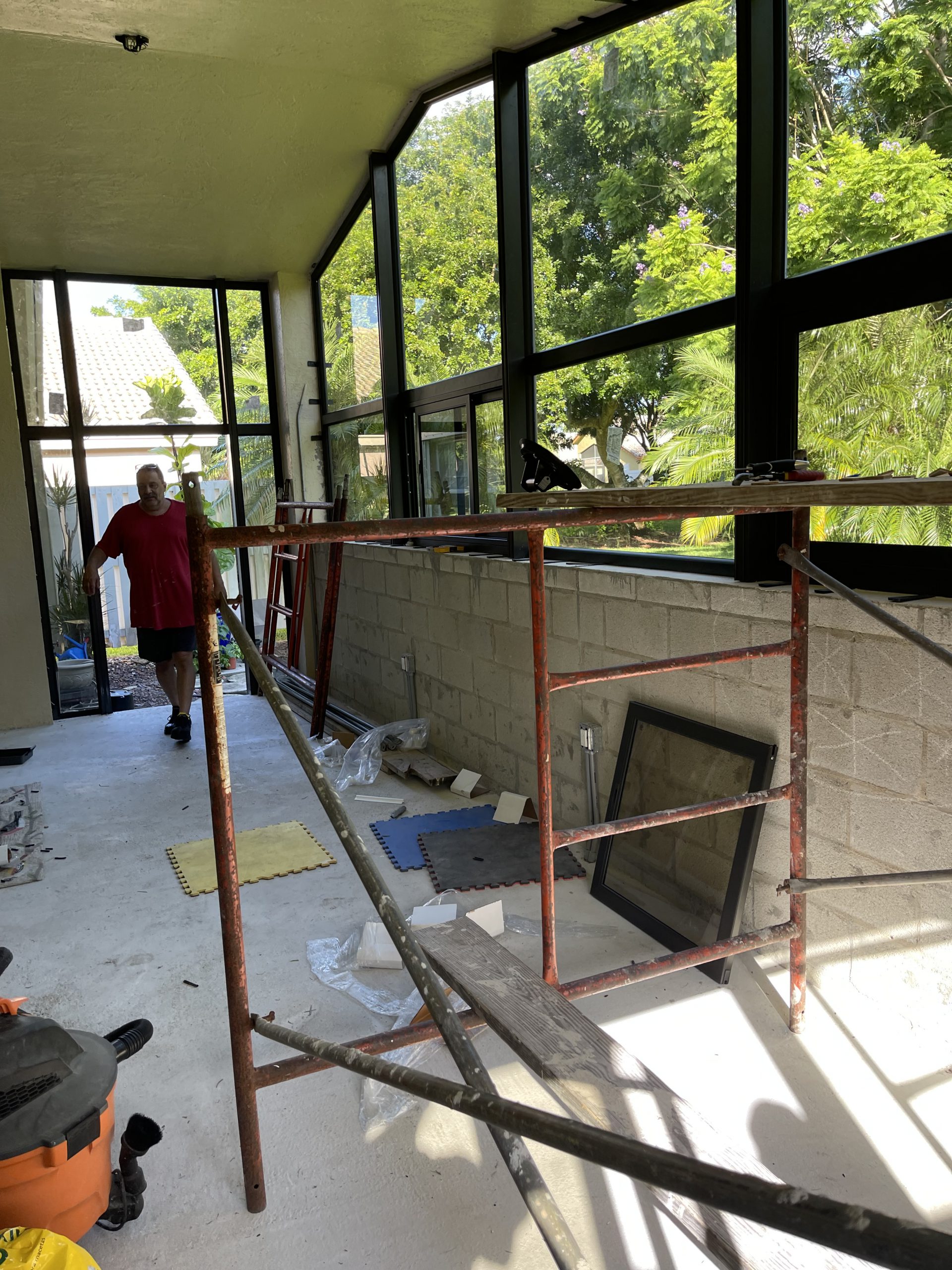
Regular building maintenance is essential to ensure the optimal performance, safety, and longevity of any structure. A well-planned maintenance checklist serves as a crucial tool for building owners, property managers, and facility maintenance teams. By systematically addressing key areas and components, a comprehensive maintenance checklist helps identify potential issues, prevent costly repairs, and promote a safe and comfortable environment for occupants. In this article, we will outline a comprehensive building maintenance checklist comprising various aspects that should be regularly inspected and maintained.
- Exterior Maintenance: a. Building Envelope: Check for cracks, gaps, or signs of water intrusion in walls, windows, doors, and roofs. b. Roof: Inspect for leaks, damaged shingles, or tiles, and ensure proper drainage. c. Gutters and Downspouts: Clear debris and ensure they are securely fastened to prevent water accumulation and damage. d. Facade and Paintwork: Examine for cracks, peeling paint, or signs of deterioration, and plan for necessary repairs or repainting. e. Landscaping: Trim trees and shrubs, maintain walkways, and inspect irrigation systems for proper functioning.
- Interior Maintenance: a. HVAC Systems: Regularly inspect and clean air filters, check ductwork for leaks, and ensure proper functioning of heating, ventilation, and air conditioning systems. b. Plumbing: Inspect for leaks, clogged drains, and ensure proper functioning of faucets, toilets, and water heaters. c. Electrical Systems: Check wiring, outlets, and switches for damage, ensure proper grounding, and test emergency lighting systems. d. Lighting: Replace burned-out bulbs, inspect for flickering or malfunctioning fixtures, and upgrade to energy-efficient lighting where possible. e. Fire Safety: Inspect fire extinguishers, smoke detectors, and emergency exit signs for proper functioning and ensure compliance with safety codes.
- Structural Maintenance: a. Foundation: Regularly inspect for cracks, settlement, or signs of shifting and seek a professional evaluation if necessary. b. Walls and Ceilings: Look for cracks, water stains, or signs of moisture intrusion, and address underlying issues promptly. c. Floors: Inspect for cracks, uneven surfaces, or signs of wear and tear, and plan for repairs or replacements as needed. d. Staircases and Handrails: Ensure stability, repair loose steps or handrails, and provide adequate lighting for safety.
- Safety and Security: a. Security Systems: Test and maintain surveillance cameras, access control systems, and alarm systems. b. Emergency Preparedness: Review and update emergency response plans, inspect fire extinguishers, and ensure proper signage for emergency exits. c. Safety Equipment: Inspect and maintain safety equipment such as first aid kits, eye wash stations, and personal protective gear.
- Regular Inspections: a. Regular Walkthroughs: Conduct routine inspections to identify any visible maintenance issues or potential hazards. b. Equipment and Machinery: Inspect and maintain elevators, generators, boilers, and other specialized equipment according to manufacturer guidelines. c. Energy Efficiency: Monitor energy consumption, inspect insulation, and implement energy-saving measures such as weatherstripping and programmable thermostats.
Conclusion: Adhering to a comprehensive building maintenance checklist is vital to ensure the optimal functioning, safety, and longevity of any structure. By systematically addressing key areas such as exterior and interior maintenance, structural integrity, safety, and security, building owners and facility managers can prevent costly repairs, extend the lifespan of their assets, and provide a safe and comfortable environment for occupants. Regular inspections and proactive maintenance not only enhance the value of the building but also contribute to sustainability and operational efficiency.










